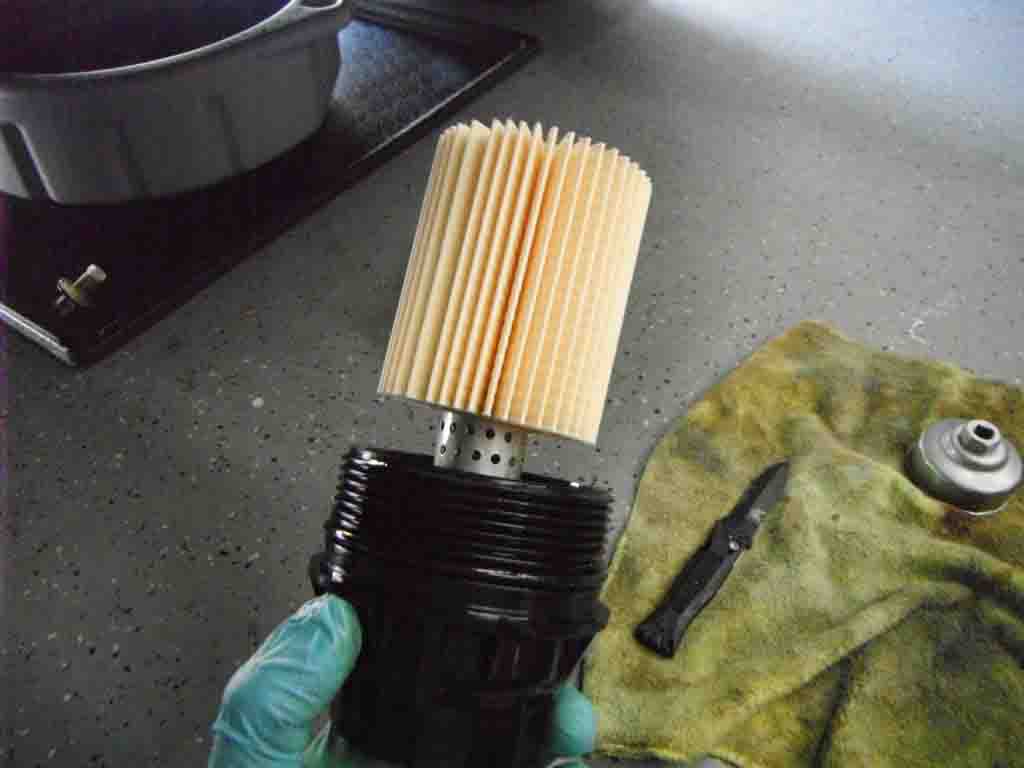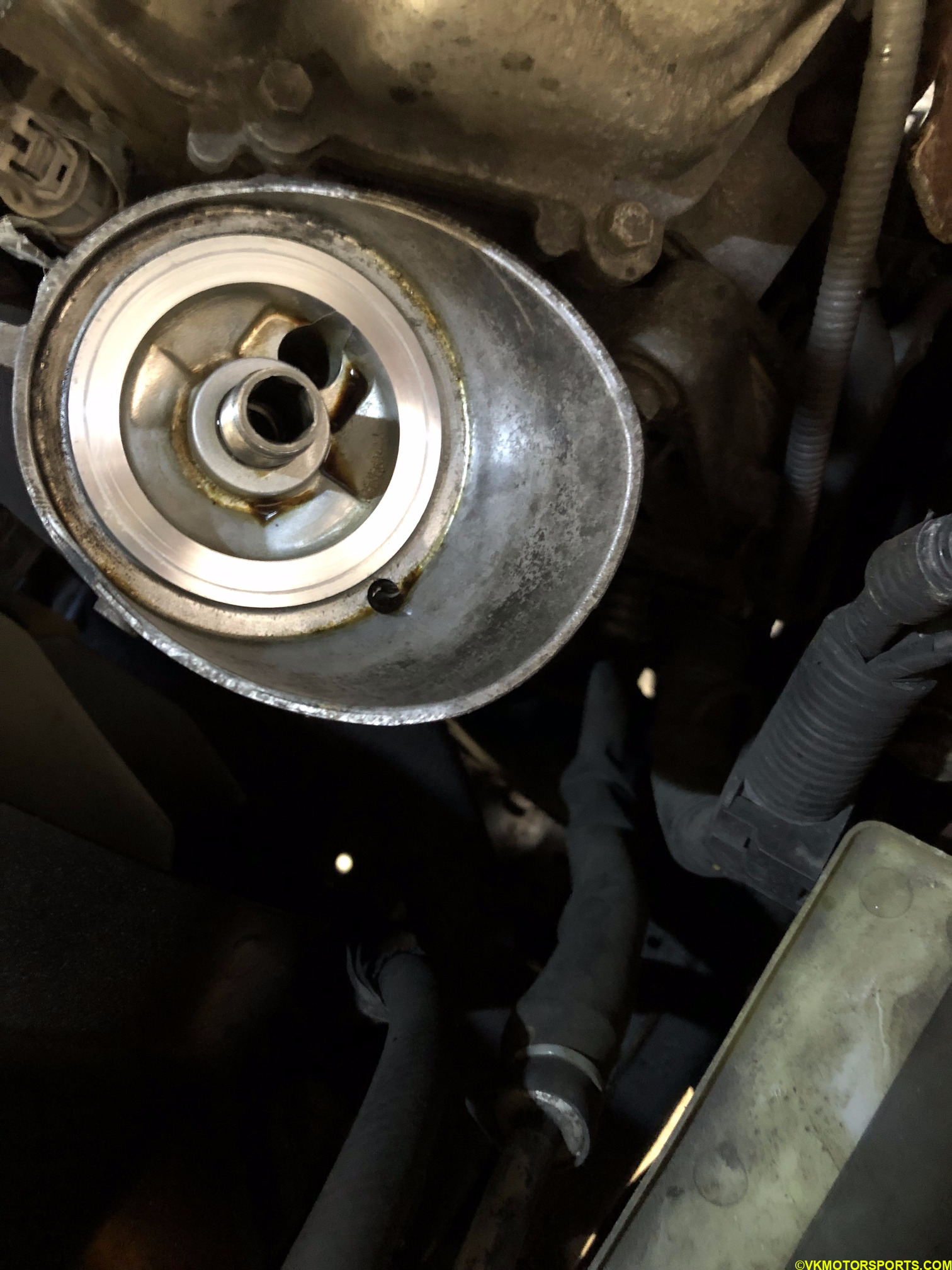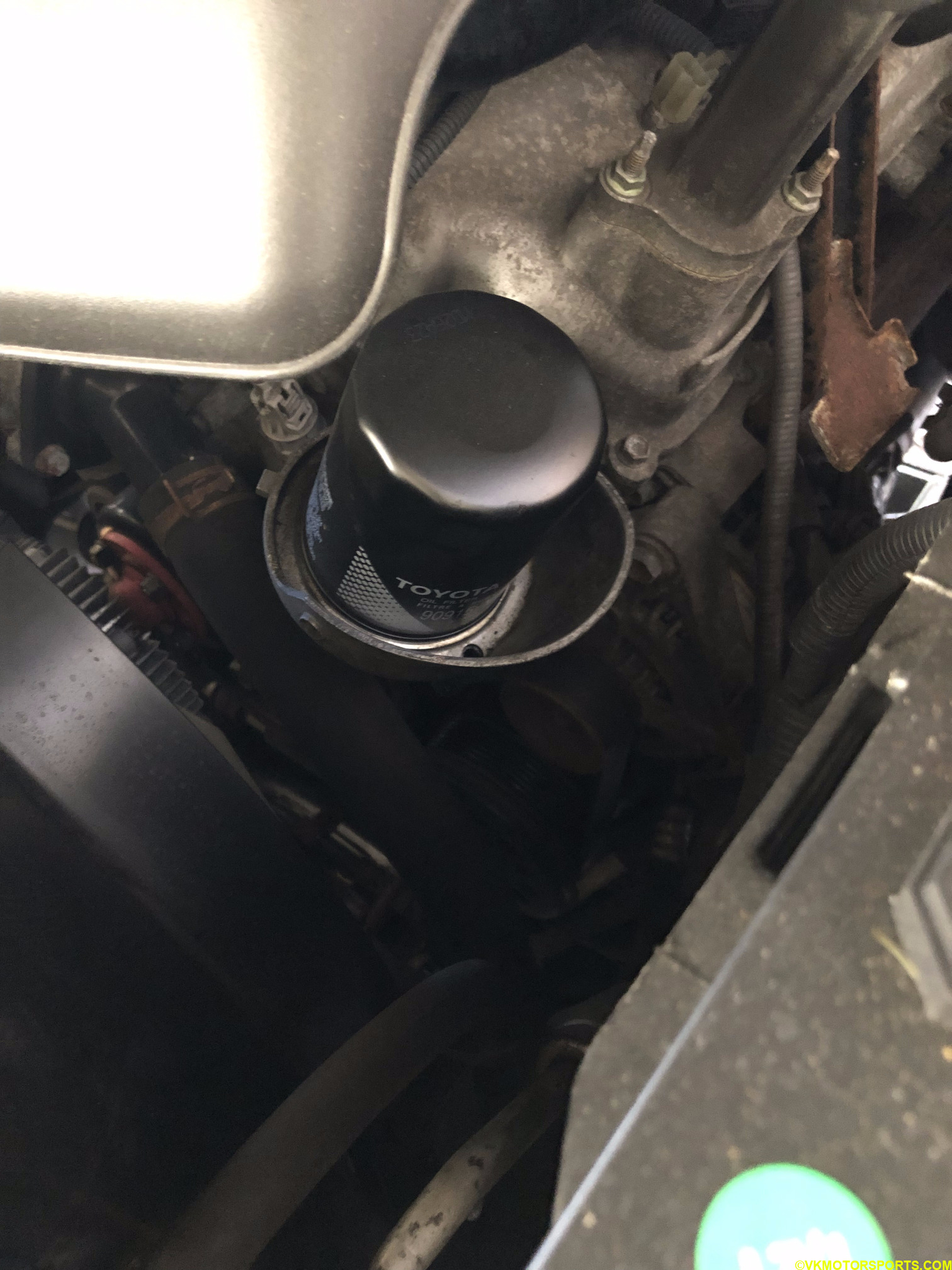The Importance of Understanding Your 2025 4Runner’s Oil Filter Location
Related Articles: The Importance of Understanding Your 2025 4Runner’s Oil Filter Location
Introduction
With enthusiasm, let’s navigate through the intriguing topic related to The Importance of Understanding Your 2025 4Runner’s Oil Filter Location. Let’s weave interesting information and offer fresh perspectives to the readers.
Table of Content
The Importance of Understanding Your 2025 4Runner’s Oil Filter Location

The 2025 Toyota 4Runner, like all vehicles, relies on a robust engine oil filtration system to maintain optimal performance and longevity. The oil filter, a critical component of this system, traps contaminants and debris from the engine oil, preventing wear and tear on vital engine parts. Knowing the precise location of the oil filter is crucial for any 4Runner owner who wishes to perform regular maintenance or address potential issues.
Understanding the Oil Filter’s Role
Engine oil acts as the lifeblood of a vehicle’s engine, lubricating moving parts, reducing friction, and dissipating heat. Over time, this oil becomes contaminated with particles of metal, dirt, and combustion byproducts. If these contaminants are not removed, they can lead to:
- Increased engine wear: Abrasive particles can scratch and damage critical engine components, leading to premature wear and eventual failure.
- Reduced engine performance: Clogged oil passages restrict oil flow, hindering lubrication and affecting engine performance.
- Engine overheating: Contaminated oil loses its heat dissipation properties, increasing the risk of engine overheating.
The oil filter acts as a barrier, trapping these contaminants and preventing them from circulating within the engine. It contains a filter media, typically a pleated paper or synthetic material, that captures particles down to a specific micron size.
Locating the Oil Filter on Your 2025 4Runner
While the exact location may vary slightly depending on the specific trim level and engine configuration, the oil filter on a 2025 4Runner is typically positioned in a readily accessible location under the hood. Here’s how to locate it:
- Open the Hood: Release the hood latch and lift the hood, ensuring it is properly secured.
- Identify the Engine: The engine is the large, complex assembly located towards the front of the vehicle.
- Look for the Oil Filter Housing: The oil filter housing is usually a cylindrical or rectangular metal component attached to the engine block. It may be located near the front of the engine, on the driver’s side, or on the passenger’s side.
- Visual Inspection: The oil filter itself is typically a cylindrical cartridge that screws into the oil filter housing. It might have a distinctive color or branding, making it easier to identify.
Tips for Identifying the Oil Filter
- Consult Your Owner’s Manual: The owner’s manual for your 2025 4Runner will provide detailed information on the location of the oil filter, along with illustrations and diagrams.
- Use a Flashlight: If it’s difficult to see the oil filter housing, use a flashlight to illuminate the area.
- Ask a Mechanic: If you are unsure, consult a qualified mechanic who can quickly locate the oil filter for you.
The Importance of Regular Oil Filter Replacement
The oil filter is a consumable part that needs regular replacement. The recommended oil change interval for a 2025 4Runner will be outlined in the owner’s manual, but generally, it’s advisable to change the oil filter every 5,000 to 7,500 miles.
Consequences of Neglecting Oil Filter Replacement
- Reduced Engine Performance: A clogged oil filter restricts oil flow, leading to decreased engine power and fuel efficiency.
- Increased Engine Wear: Contaminated oil circulating in the engine accelerates wear on vital components.
- Engine Damage: In severe cases, a completely clogged oil filter can lead to catastrophic engine damage.
FAQs about the 2025 4Runner Oil Filter Location
Q: Can I change the oil filter myself?
A: Changing the oil filter is a relatively straightforward task that many car owners can perform themselves. However, if you are not comfortable working on your vehicle, it’s best to consult a qualified mechanic.
Q: What type of oil filter should I use for my 2025 4Runner?
A: Always refer to your owner’s manual for the recommended oil filter type and specifications. Using the wrong oil filter can lead to performance issues or damage.
Q: How do I know if my oil filter is clogged?
A: If you notice a decrease in engine performance, unusual noises, or increased oil consumption, it’s possible that your oil filter is clogged. It’s best to have a mechanic inspect the filter and your oil for any signs of contamination.
Q: What are the benefits of using a high-quality oil filter?
A: High-quality oil filters offer superior filtration, trapping smaller particles and extending the life of your engine oil. They also tend to have a longer service life, reducing the frequency of filter replacements.
Conclusion
Understanding the location of the oil filter on your 2025 4Runner is crucial for ensuring the optimal performance and longevity of your vehicle’s engine. Regular oil filter replacement is a vital maintenance task that can prevent costly repairs and ensure that your engine runs smoothly for years to come. By staying informed and performing regular maintenance, you can maximize the lifespan and performance of your 2025 4Runner, keeping it in top condition for years to come.






Closure
Thus, we hope this article has provided valuable insights into The Importance of Understanding Your 2025 4Runner’s Oil Filter Location. We hope you find this article informative and beneficial. See you in our next article!
